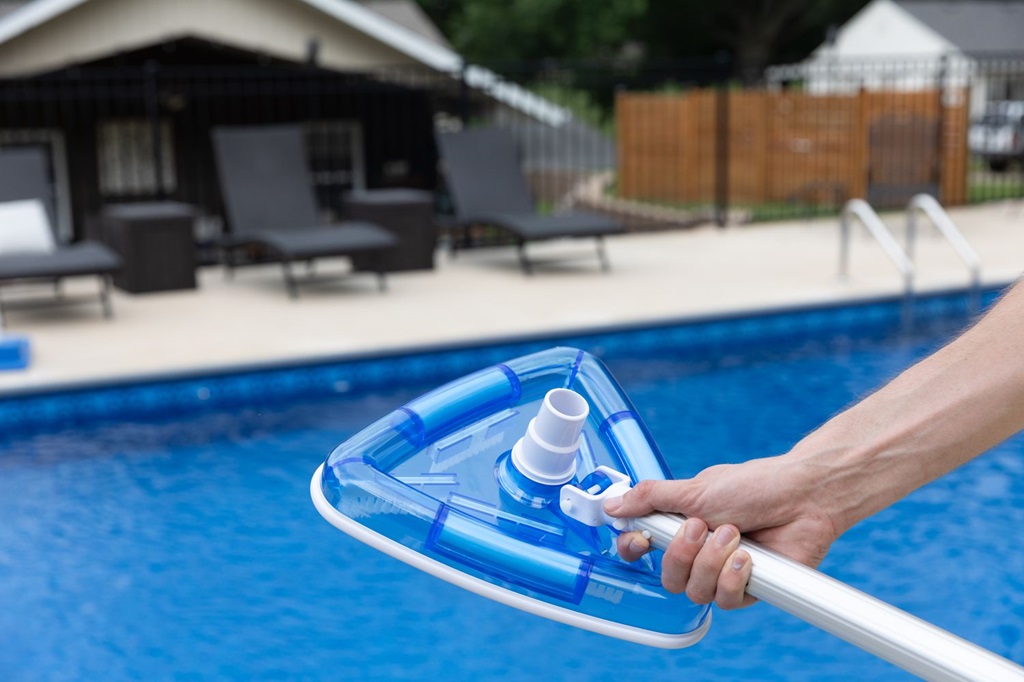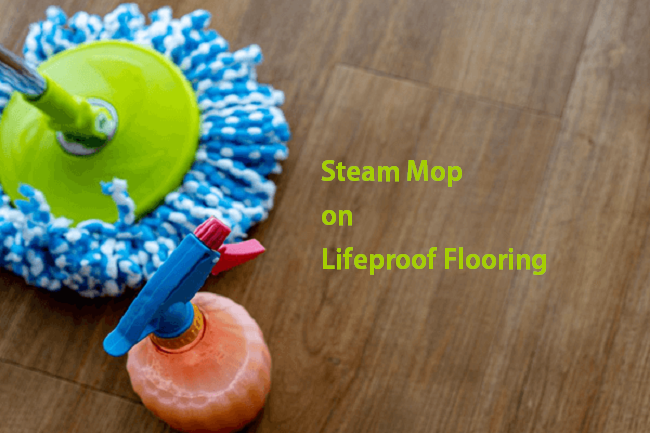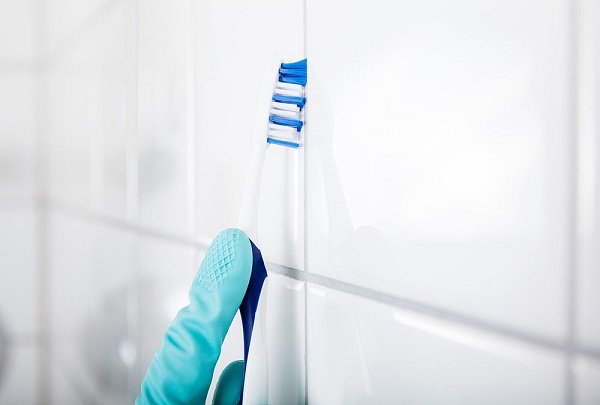Having a sparkling clean swimming pool is the dream of every pool owner. But keeping a pool clean requires regular maintenance and often a good pool vacuum. While there are many types of pool vacuums on the market, most pool owners looking for thorough cleaning rely on automatic pool cleaners that independently scour the pool’s surfaces.
These cleaner robots use vacuum heads to loosen debris and suction it into the machine’s bag or filter canister. Choosing the best pool vacuum head is essential for optimizing your pool vacuum’s performance. The head attaches to the hose leading to the cleaner unit, so its style and configuration directly impact how well the vacuum extracts dirt and messes.
With a range of vacuum head types available, how do you select the best one for your pool? This guide will explore the most popular options and explain what factors to consider when shopping for a replacement pool vacuum head. Read on to learn how to match a head to your pool size, surface type, and debris issues so you can achieve a sparkling clean result.
Types of Pool Vacuum Heads
Pool vacuum heads typically fall into three main categories:
Standard Suction Heads
This traditional style uses a simple suction chamber to draw water through the head and up the hose. The suction pulls debris from all surfaces into the head for removal. Standard suction heads often have wheels or rollers on the bottom to protect the pool lining from scratching as the head maneuvers around the pool.
A benefit of standard suction heads is they have no moving parts to wear out or require replacement. Their simple, durable construction makes them affordable and low-maintenance. Standard heads provide adequate cleaning for vinyl liner and concrete pools. However, they lack the scrubbing power required for pools with rough surfaces or stubborn stains.
Bristle and Bristle Brush Heads
As the name suggests, bristle heads have rows of soft bristles along the bottom rather than wheels. The bristles agitate the surface to help loosen debris and algae during cleaning. This type of head provides more scrubbing power for pools with tile, concrete, or pebble surfaces.
Bristle brush heads take it a step further by integrating a spinning brush roller into the bristles. The brush contacts the pool surfaces and spins as water is suctioned through the head. This scrubs the surfaces, helping lift dirt from porous areas. The brush assists with removing oils and biofilm that cause pools to feel slippery.
The scrubbing and spinning action of the bristles and brush increase cleaning effectiveness. However, these heads also wear out more quickly than standard suction styles. The bristles and rollers require periodic replacement as they degrade over time.
Turbine Heads
The turbine head contains a turbine blade that spins continuously while the vacuum operates. The fast spinning turbine creates a strong vortex that pulls water through the head aggressively. This vortex action scrubs the pool surfaces with intense suction power.
Turbine heads provide the most vigorous scrubbing for tough pool cleaning jobs. The turbine is powerful enough to dislodge stuck-on debris, suction up pebbles or grit, and scrub off oils and biofilms. The heads excel at cleaning concrete, pebbletec, and other porous surfaces.
The vigorous cleaning comes at a price though. Turbine heads require the most electricity to run and the turbine blades periodically need replacement as they wear down. Turbine heads also produce more noise during operation due to the turbine motor.
Key Considerations When Selecting a Best Pool Vacuum Head
With an overview of the main pool vacuum head types, you may already have an idea which style fits your pool cleaning needs. To choose the best pool vacuum head, keep these key considerations in mind:
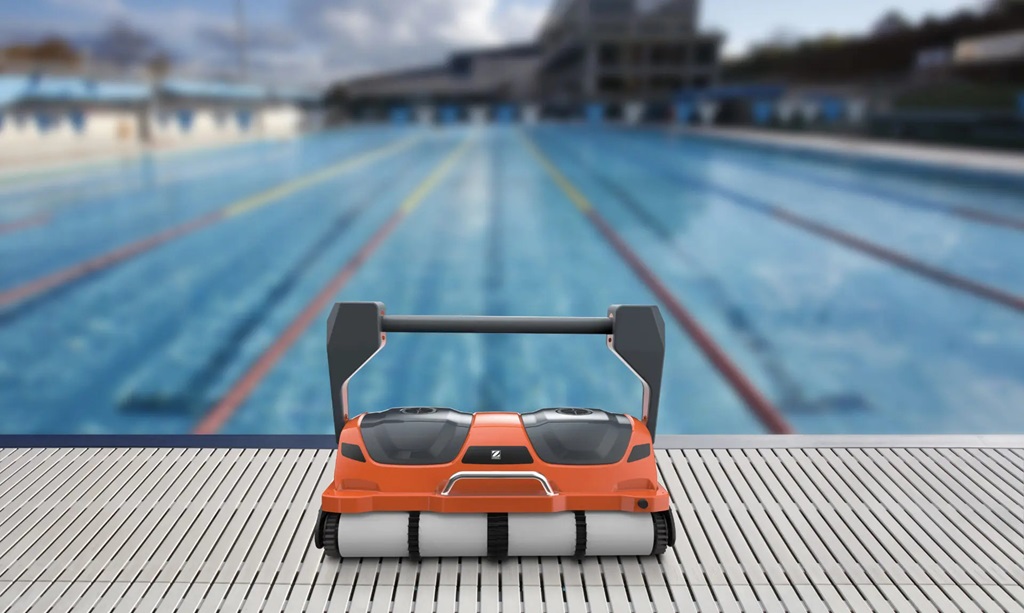
Pool Size and Shape
The size and dimensions of your pool matter when selecting a vacuum head. Larger pools require heads that clean thoroughly and efficiently to finish the job in a reasonable time. Smaller pools need heads optimized for tight spaces.
Standard suction heads offer adequate cleaning for average sized residential pools. But bristle brush or turbine heads are better choices for large pools since they clean faster and more aggressively. Obstacle-filled pools also benefit from turbo cleaning heads that can dislodge debris from corners and crevices.
For small or narrow pools, compact sized heads clean tight spaces better than full width heads. Opt for a head width that matches your pool rather than using an oversized head that is a struggle to maneuver.
Measure the length, width, shape and any obstacles in your pool and choose a head size that can access all areas efficiently.
Type of Pool Finish
Factor in your pool’s construction and surface material when shopping for vacuum heads. The right head lifts debris effectively based on the porosity and texture of your pool finish.
For vinyl liner pools, a standard suction head often works great since vinyl is a smooth, non-porous surface. Standard heads also suffice for the basic cleaning of concrete and gunite pools. These surfaces are porous though, so bristle brush heads do a better job of scrubbing the gritty textures and lifting out debris.
Surfaces like pebble, quartz, plaster, and tile have the most porous, uneven textures. Turbine heads excel at cleaning these bumpy surfaces by providing intense scrubbing power across the uneven areas. Matching the head to your pool finish ensures ideal debris removal.
Types of Debris
Consider the types and amounts of debris that accumulate in your pool during different seasons. Select a vacuum head able to handle your pool’s unique debris conditions for peak cleaning effectiveness.
For pools prone to leaves, bugs, and larger debris, choose a head with a wide intake throat. Wide openings avoid clogging issues that shut down cleaning cycles. Pools with fine debris like dirt, sand, and grit require heads with bristles or turbines that scrub surfaces and vacuum up these particles.
Oily pools and pools with biofilm buildup need turbine heads or bristle brush heads that cut through the slimy grime. Turbine heads also conquer algae clusters and stuck-on debris that resist standard suction heads. Analyze your pool’s debris patterns and buy a head able to conquer your specific mess types.
Ease of Maintenance
Factor in maintenance requirements when selecting a pool vacuum head. Standard suction heads rarely need maintenance apart from occasional hole clearing. But bristle heads require changing bristles every year or two. Turbine heads need new turbines every few years along with motor maintenance.
If you prefer minimal maintenance, stick with a basic suction head. But if you don’t mind replacing wear parts, bristle or turbine heads provide superior cleaning for more upkeep. Assess your desired maintenance level and choose a head with wear parts that match your preferences.
Noise Level
The noise level of a vacuum head is another practical consideration, especially for pool owners who value quiet relaxation. Standard and bristle heads operate very quietly. But turbine heads produce noticeable noise from the motorized spinning.
If a whisper-quiet pool experience is your goal, a standard or bristle head is the way to go. However, many pool owners find the white noise of a turbine peaceful. And the turbine sound means you know your vacuum is actively cleaning. Choose a turbine for maximum cleaning power or a different style for silent operation.
Available Power
Check the power supply for your pool vacuum system before selecting a head. Standard suction and bristle heads work with any residential cleaner unit. But turbine heads require pool cleaners with booster pumps that provide the extra power the turbines demand.
Ensure your pump can support a turbine head before purchasing one. Otherwise opt for a bristle or standard head compatible with typical residential pump capacities. Turbine heads provide unrivaled scrubbing capability but require the electrical supply to match.
Top Pool Vacuum Heads
Now that you know how to assess your pool cleaning needs, let’s look at some of the best pool vacuum heads currently available. Models from top brands like Pentair, Hayward, and Zodiac stand out for quality construction, cleaning power, and durability.
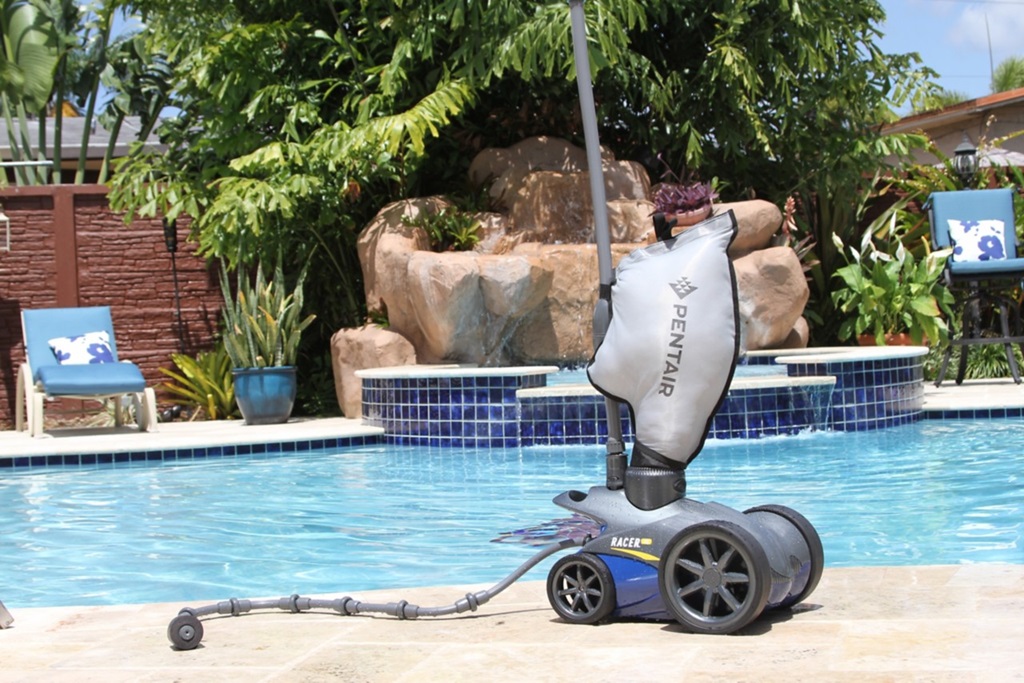
1. Pentair Racer Pool Cleaner Replacement Head
- Best for fiberglass, vinyl, and gunite pools
- Bristle brush scrubs surfaces clean
- Wheels protect delicate liners
- Easy snap-on installation
This popular bristle brush head from Pentair installs on Pentair cleaners like the Kreepy Krauly Racer pressure-side model. Bristles scrub surfaces while wheels provide smooth gliding over vinyl liners or fiberglass. It fits 1.5 inch hoses and replacement brushes snap on easily.
2. Hayward Poolvergnuegen Suction Head
- Best for concrete and vinyl pools
- Wide intake throat avoids clogs
- Roller bumper protects pool surfaces
- Twist-lock connection to hose
This Hayward suction head is a top choice for Hayward automatic Suction cleaners like the Poolvergnuegen. A wide intake throat handles leaves and debris without getting jammed. The wheel bumper prevents surface scratches. It twist-locks onto 1.5 or 2 inch hoses for a secure fit.
3. Zodiac MX8 Premium Suction Head
- Best for vinyl, fiberglass, and concrete pools
- Low profile design cleans tight spaces
- V-shaped throats prevent clogging
- Wheels provide smooth navigation
The low profile Zodiac MX8 head thoroughly cleans tight corners and walls in all pool surfaces. Dual v-shaped throats stop clogs from debris buildup during cleaning. Wheels protect surfaces and its compact size paired with strong suction power cleans small pools efficiently.
4. Pentair 360 Degree Turbine Head
- Best for plaster, pebble, and concrete pools
- Turbine blade provides intense scrubbing
- 360 degree steering and positioning
- Fits most pressure-side cleaner hoses
Pentair’s 360 turbine head powers through stuck-on gunk and oily buildup on porous pool surfaces. The turbine spins constantly for superior scrubbing across uneven textures. The head pivots 360 degrees for positioning in hard-to-reach areas.
5. Hayward AquaNaut Suction Head
- Best for vinyl pools up to 20 x 40 feet
- Extra-large debris intake
- Roller bumper protects liners
- Easy snap-on installation
The extra-large AquaNaut head gulps down leaves and debris without clogging. The large intake works for both fine dust and larger leaves. A bumper roller protects vinyl liners from damage during vacuuming. Hayward owners can snap this durable head onto AquaNaut cleaners.
6. Pentair White Knight Suction Head
- Best for concrete, vinyl, and fiberglass
- Rigid construction prevents clogs
- Wheels provide smooth navigation
- Fits White Knight in-ground cleaners
This rugged head for Pentair White Knight suction cleaners prevents flimsy clogs. Its solid intake throat handles debris without collapsing. Wheels protect pool surfaces and allow smooth steering around obstacles. It clicks into place easily onto Pentair cleaner hoses.
7. Zodiac Manta Pool Cleaner Head
- Best for concrete and vinyl in-ground pools
- High-flow turbine for superior scrubbing
- Cyclonic suction action
- Low noise level
The Manta head uses turbine blades and cyclonic suction action that remove debris faster than standard heads. The turbine design scrubs porous concrete and grouted tile surfaces while also cleaning vinyl. The turbine motor operates quietly compared to competitors.
8. Polaris Tail Scrubber Head
- Best for concrete and vinyl pools
- Rotating tail brush scrubs walls and waterline
- Rear roller protects surfaces
- Fits Polaris pressure-side cleaners
The Polaris tail scrubber attaches to Polaris cleaner models like the 9300 Sport. The rear brush rotates as it cleans, scrubbing away grime on walls and waterlines. The roller wheel prevents surface damage. The angled brush adapts to varying pool surfaces.
9. Aquabot Supreme Suction Head
- Best for concrete, vinyl, and fiberglass
- Wide intake throat prevents clogs
- Raised wheel base climbs walls
- Fits Aquabot pressure-side models
This wide intake head handles twigs, leaves, pebbles, and sandy debris. The wide opening avoids jamming. A raised axle lets the suction head climb pool walls to clean waterlines. It works with Aquabot cleaners that use 1.5 inch hose diameters.
10. XtremePowerUS Suction Head
- Best for concrete, vinyl, fiberglass
- Wide intake gulps debris
- Wheels protect surfaces
- Compatible with most cleaners
This universal suction head works on multiple pool cleaner brands thanks to common sizing. The extra-wide intake throat sucks up leaves, dirt, pebbles, and debris effortlessly. Wheels let the head glide smoothly over any pool surface. It adapts to 1.5 inch and 2 inch hoses.
Maintaining Your Pool Vacuum Head

To keep your pool vacuum head performing optimally, follow these tips for proper maintenance:
- Check intake throat holes regularly and clear out any obstructions with a thin wire. Clogs significantly decrease suction power.
- For bristle heads, replace bristles every year or two when they appear matted down or worn. Bristles lose scrubbing power over time.
- Change turbine heads every 3 years or when suction seems weak. Spin worn turbines by hand to check for noise/friction indicating a need for replacement.
- Rinse heads after use and store out of sunlight to prevent plastic, bristles, or turbines from degrading prematurely.
- Lubricate roller bumpers and internal parts like turbines according to your owner’s manual. Lubrication sustains performance and prevents wear.
- Inspect the hose connection fitting and keep it clear of debris buildup for an airtight seal. Loss of suction shows a poor connection.
- Soak heads in diluted bleach water or cleaning solution weekly to prevent algae or calcium buildup which can impede functioning.
With occasional cleaning and part replacement, quality vacuum heads provide years of reliable pool cleaning duty.
Conclusion
The vacuum head is the business end of a pool cleaning system. Choosing the right head for your pool ensures every cleaning cycle sucks up the most dirt and debris possible. The best pool vacuum head offers reliability for average cleaning needs. Bristle brush upgrades provide added scrubbing capability. And turbine heads are the ultimate cleaning machines for porous surfaces and stubborn grime.
Match your vacuum head to considerations like pool size, surface type, debris patterns, and your maintenance style. Analyze trouble spots and how much scrubbing power your surfaces require. Then equip your pool cleaner with a head designed to provide maximum scouring strength. With the best vacuum head for your unique needs, you’ll keep your pool sparkling all season long.
Frequently Asked Questions
Q: How often should my pool’s vacuum head be replaced?
A: For standard suction heads, expect 5-7 years of use before needing replacement. Turbine and bristle heads wear out faster, needing replacement every 2-3 years in most cases. Replace any head immediately if you notice cracks or damage.
Q: What is the best vacuum head for vinyl liner pools?
A: Standard suction heads with wheel rollers work best for vinyl pools. The smooth wheels prevent abrasion damage to the vinyl material while providing enough suction for debris removal from the non-porous surface.
Q: How can I make my vacuum head last longer?
A: Rinsing debris off after each use, lubricating parts, clearing intake holes, avoiding extended sun exposure, and storing heads properly all help maximize longevity. Replacing wear items like bristles and turbines on schedule also sustains performance.
Q: Do all vacuum heads fit every pool cleaner?
A: No, heads are compatible with specific cleaner models and hose sizes. Heads are not universally interchangeable. Always check for compatibility before purchasing a replacement head.
Q: Why is my vacuum head slowing down and leaving debris behind?
A: Lack of suction indicates something is obstructing the head or the hose connecting to the cleaner. Clogged intake holes, debris jams, hose blockages, or poor hose connections can prevent proper suction. Inspect and clean the head and hose to restore full suction power.

